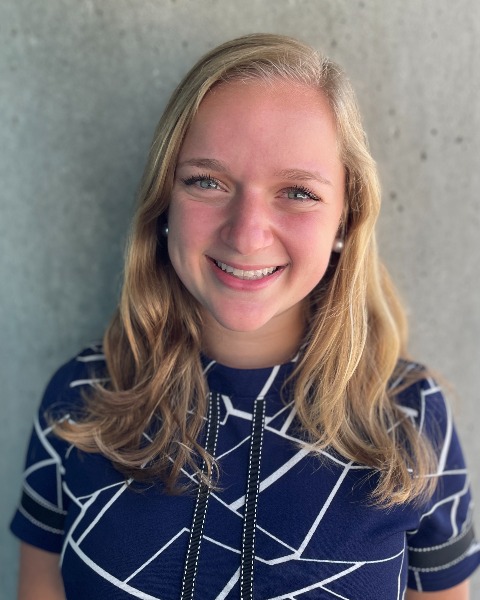Hospital Medicine 2: Quality Improvement
Session: Hospital Medicine 2: Quality Improvement
571 - Views on Current Pain Management Practices in an Urban Tertiary Pediatric Hospital System: Differences by Clinical Staff Role
Saturday, April 26, 2025
2:30pm - 4:45pm HST
Publication Number: 571.7040
Julia R. Wolf, University of California, San Francisco, School of Medicine, San Francisco, CA, United States; Andrea C. Postier, University of California, San Francisco, School of Medicine, San Francisco, CA, United States; Nadia Roessler De Angulo, University of California, San Francisco, SAN FRANCISCO, CA, United States; Lisa Purser, UCSF Benioff Childrens Hospitals, San Francisco, CA, United States; Barbette Murphy, University of California, San Francisco, School of Medicine, Oakland, CA, United States; Kristen Beckler, UCSF Benioff Children's Hospital San Francisco, Pacifica, CA, United States; Stefan J. Friedrichsdorf, UCSF Benioff Children's Hospital San Francisco, San Francisco, CA, United States

Julia R. Wolf (she/her/hers)
Medical Student
University of California, San Francisco, School of Medicine
San Francisco, California, United States
Presenting Author(s)
Background: Debilitating pain experienced by hospitalized children is often underestimated by clinical care teams. Pediatric patients with unrelieved pain face short- and long-term consequences, including post-traumatic stress disorder and increased hesitance to seek health care in adulthood.
Objective: The aim of this study was to compare clinical staff opinions about painful needle and non-needle hospital procedures without intervention between physicians/nurse practitioners (MD/NPs), nurses, and allied health staff, and to examine perceived barriers to optimal pain management.
Design/Methods: A benchmarking survey was dispersed among clinical staff of an urban, tertiary, pediatric hospital system over two weekdays in November 2023. Analysis included descriptive statistics and analysis of variance.
Results: 249 clinicians returned the survey. 118 (47%) were nurses, 83 (33%) MD/NPs, 36 (14%) allied health providers, and 12 (5%) other roles (e.g., lab personnel, medical assistants, pharmacy technicians).
Of 9 common pediatric needle procedures, lumbar punctures were rated as the most painful without intervention on a 0-10 scale (M=7.1, SD=2.1). Mean pain score estimates were lower in the MD/NP group for 6/9 needle procedures compared to other clinicians (all p< 0.05). When asked how many interventions (0-7) should be offered for 5 common needle procedures, intravenous access was rated as requiring the most (M=4.6, SD=1.7). Allied health providers felt more interventions were necessary for 3/5 procedures compared to other clinicians (all p< 0.05).
Of 10 painful non-needle procedures/conditions, sickle cell pain crises were rated most painful without intervention on a 0-10 scale (M=9.4, SD=1.0). MD/NPs rated mean pain scores significantly lower for 2/10 procedures/conditions compared to other clinicians (all p< 0.05). For 7 non-needle-related painful situations, mucositis care was rated as requiring the most interventions on a 1-4 scale (M=3.2, SD=1.0). No differences were found between clinical staff groups (all p>0.05).
Of 16 suggested barriers to providing optimal pain management, the most endorsed were lack of team member agreement about appropriate pain management techniques (60%), lack of distraction supplies or staff (52%), lack of clinician knowledge about pain management (50%), and lack of time (50%).
Conclusion(s): Findings establish a benchmark for local pain management practices and will guide education and quality improvement efforts, addressing staff differences in perceptions and exploring the reasons behind them.

